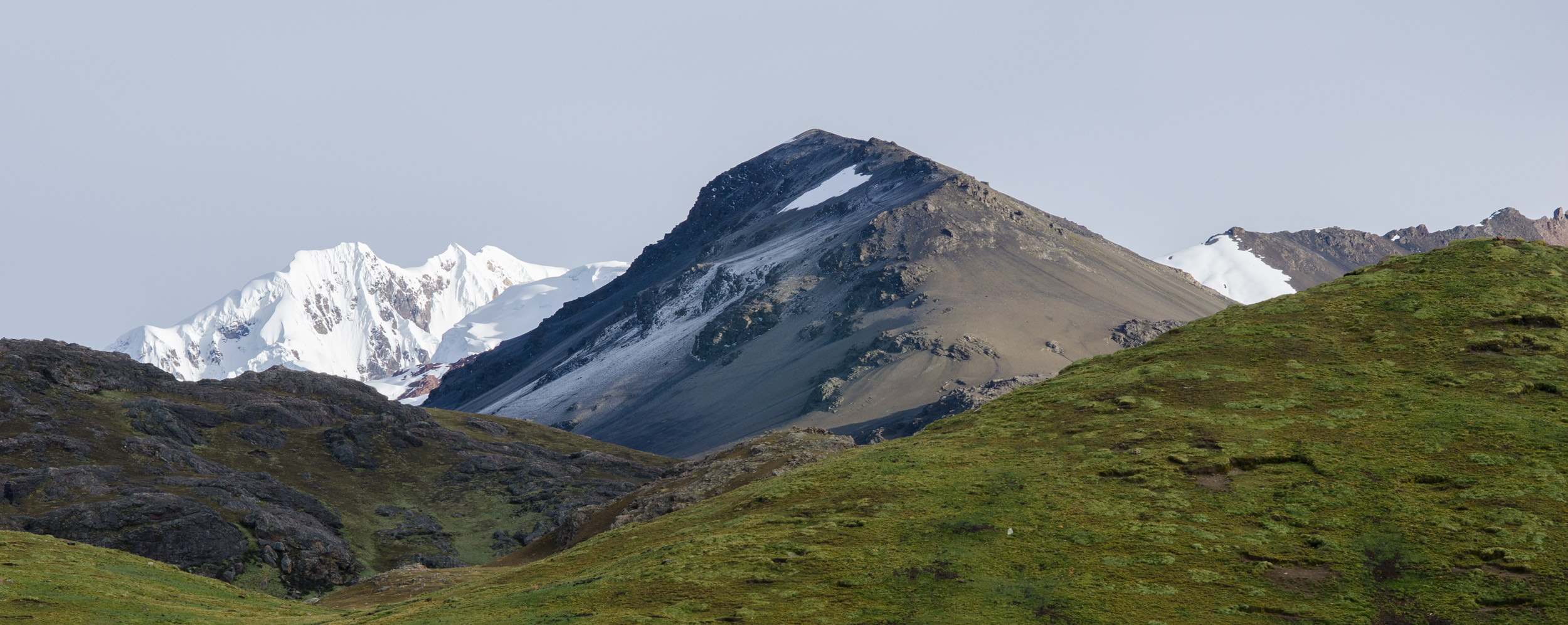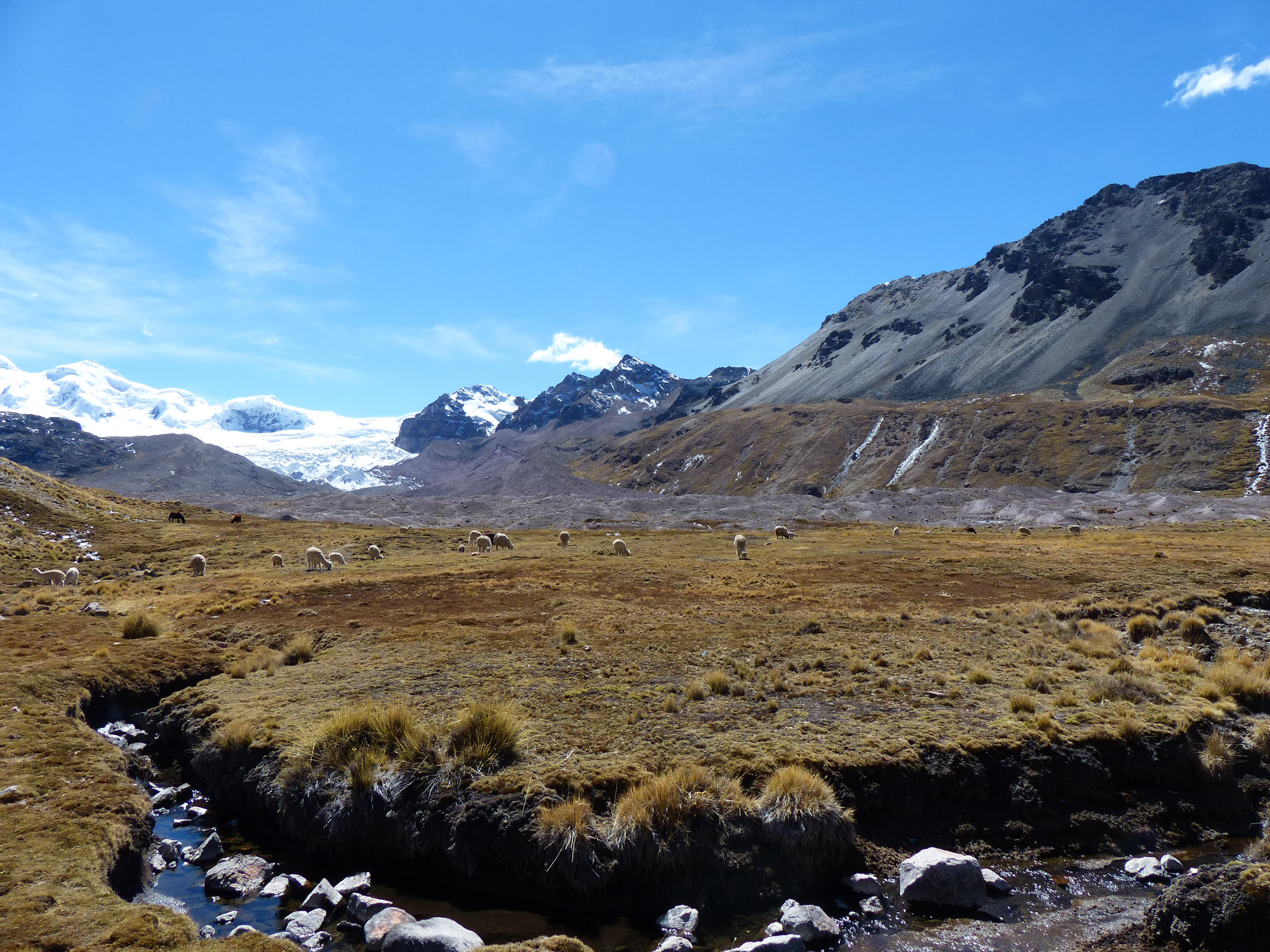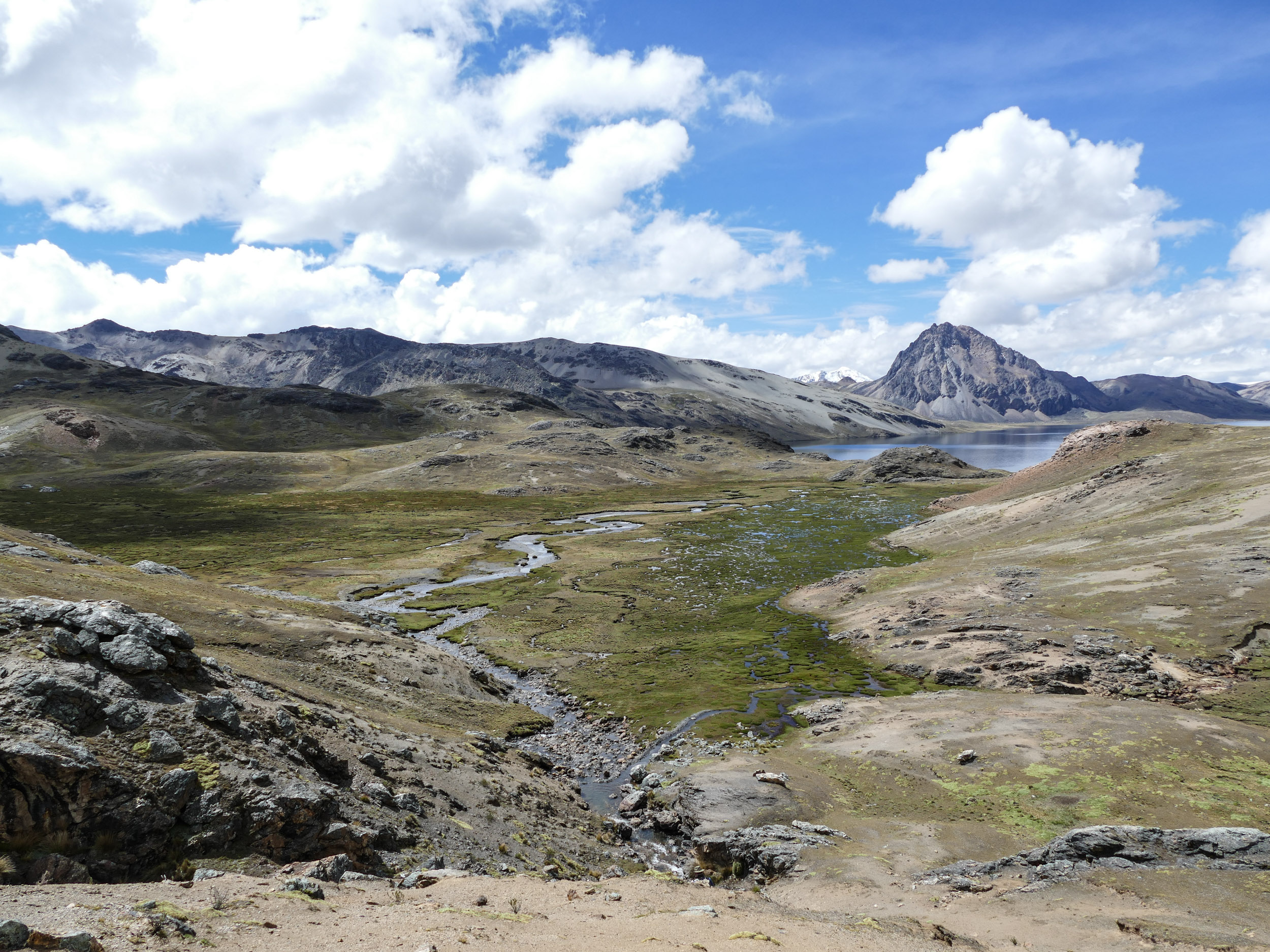Publications Cited:
Darcy, J.L., et al. 2011. Global distribution of Polaromonas phylotypes – evidence for a highly successful dispersal capacity. PLoS ONE 6: e23742.
Darcy, J.L. et al. 2016. Nutrient limitation of microbial phototrophs on a debris-covered glacier. Soil Biol. Biochemistry 95: 156-163.
Freeman, K.R., D. Karki, et al. 2009. Evidence that chytrids dominate fungal communities in high-elevation soils. Proceedings Natl. Acad. Sci. USA 106: 18315-18320.
King, A.J. et al. 2010. Biogeography and habitat modelling of high-alpine bacteria. Nature Commun. 1:53 doi: 10.1038/ncomms1055.
Knelman J.E. et al. 2014. Nutrient addition dramatically accelerates microbial community succession. PLoS ONE 9: e102609.
Nemergut, D.R. et al. 2005. Structure and function of alpine and arctic soil microbial communities. Res. Microbiology 156: 775-784.
Nemergut, D.R., S.P. Anderson, C.C. Cleveland, A.E. Miller, A. Seimon, S.K. Schmidt. 2007. Microbial community succession in unvegetated, recently-deglaciated soils. Microbial Ecol 53: 110-122.
Nemergut, D.R., T. Fukami et al. 2013. Patterns and processes of microbial community assembly. Microbiol. Molecular Biol. Rev. 77: 342-356.
Nemergut D.R. et al. 2016. Decreases in average bacterial community rRNA operon copy number during succession. ISME Journal 10: 1147-1156.
Rhodes, M. et al. 2013. Structure and Function of Prokaryotic Communities in Soils of Cold Deserts. in E. Rosenberg, E. Delong et al. (eds.), The Prokaryotes, Springer-Verlag, Berlin.
Robeson, M.S. et al. 2011. Soil Rotifer communities are extremely diverse globally but spatially auto-correlated locally. Proceedings Natl. Acad. Sci. USA 108: 4406-4410.
Schmidt, S.K., D.R. Nemergut et al. 2008. The earliest stages of ecosystem succession in high-elevation (5000 m.a.s.l.), recently de-glaciated soils. Proceedings Royal Society B. 275: 2793-2802.
Schmidt, S.K. et al. 2008. Mycorrhizal and dark-septate fungi in plant roots above 4270 meters elevation in the Andes and Rocky Mountains. Arctic, Antarctic and Alpine Res. 40: 576-583.
Schmidt S.K., D.R. Nemergut, et al. 2009. Microbial activity and diversity during extreme freeze-thaw cycles in periglacial soils, 5400 m Elevation, Cordillera Vilcanota, Perú. Extremophiles 13: 807-816.
Schmidt, S.K., D.R. Nemergut, S.C. Reed, A.J. King, P. Sowell. 2011a. Estimating phosphorus availability for microbial growth in an emerging landscape. Geoderma 163: 135-140.
Schmidt, S.K., D. Karki et al. 2011b. Phylogeography of microbial phototrophs in the dry valleys of the high Himalayas and Antarctica. Proceedings Royal Society B. 278: 702-708.
Schmidt, S.K., D.R. Nemergut et al. 2012. A simple method for determining limiting nutrients for photosynthetic crusts. Plant Ecology Diversity 5: 513-519.
Schmidt, S.K., D.R. Nemergut et al. 2014. Do bacterial and fungal communities assemble differently during primary succession? Molecular Ecology 23: 254-258.
Schmidt, S.K. et al. 2016. Biogeochemical stoichiometry reveals P and N limitation across the post-glacial landscape of Denali National Park, Alaska. Ecosystems doi 10.1007/s10021-016-9992-z.
Vimercati L. et al. 2016. Growth of a high-elevation Cryptococcus sp. during extreme freeze-thaw cycles. Extremophiles (doi 10.1007/s00792-016-0844-8).




